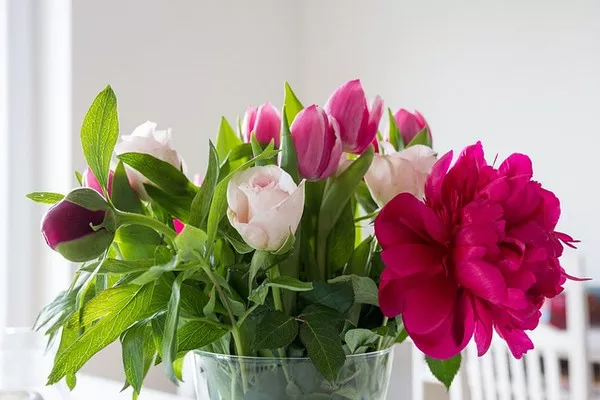Cut flowers add a touch of beauty and vibrancy to any space, but maintaining their freshness can be a challenge. One key factor in prolonging the life of cut flowers is providing them with the right nutrients through plant food. Choosing the appropriate plant food ensures that the flowers receive essential elements for nourishment, hydration, and overall vitality. In this article, we will explore various options for plant food for cut flowers and provide insights into their benefits.
Commercial Flower Food:
Commercial flower food is a widely used and readily available option for nourishing cut flowers. These products typically come in powder or liquid form and contain a balanced blend of nutrients, including carbohydrates, acids, and biocides. The carbohydrates provide energy, the acids lower the pH of the water, and the biocides prevent the growth of bacteria, ensuring a clean environment for the flowers.
To use commercial flower food, simply follow the instructions on the packaging. Mixing the recommended amount with water creates a solution that can be added to the vase, providing the necessary nourishment for the cut flowers.
Homemade Flower Food:
For those who prefer a more natural approach, homemade flower food can be a viable option. Creating a DIY plant food allows you to control the ingredients and avoid artificial additives. A simple recipe for homemade flower food includes:
1 teaspoon of sugar: Sugar acts as a source of energy for the flowers, helping them open and bloom.
1 teaspoon of bleach or lemon juice: Bleach or lemon juice prevents bacterial growth in the water, keeping it clean and clear.
2 teaspoons of vinegar: Vinegar helps lower the pH of the water, improving nutrient absorption by the flowers.
Mix these ingredients in warm water and add the solution to the vase. It’s important to change the water and replenish the homemade flower food every few days to ensure its effectiveness.
Aspirin or Baking Soda:
Aspirin and baking soda are commonly found household items that can serve as effective plant food for cut flowers. Aspirin contains salicylates, which can act as a mild acidifier and promote water uptake by the stems. Baking soda, on the other hand, helps maintain the water’s pH balance. To use aspirin or baking soda as plant food, simply dissolve one tablet of aspirin or half a teaspoon of baking soda in warm water before adding it to the vase.
Freshwater:
While not technically a plant food, using freshwater is a simple and easily accessible way to keep cut flowers hydrated. Changing the water in the vase regularly, at least every two days, helps prevent the growth of bacteria and ensures that the flowers have access to clean, oxygen-rich water. Additionally, trimming the stems at an angle under running water can enhance water absorption.
Floral Preservatives:
Floral preservatives are specialized products designed to extend the life of cut flowers. These preservatives often come in packets and contain a combination of sugar, acidifiers, and antimicrobial agents. The sugar provides energy, the acidifiers adjust the pH, and the antimicrobial agents prevent bacterial growth. When using floral preservatives, follow the instructions on the packet for the optimal dosage.
See Also What Flowers Don T Attract Bees
Conclusion:
Choosing the right plant food for cut flowers is crucial for maintaining their freshness and vibrancy. Whether opting for commercial flower food, homemade solutions, aspirin, baking soda, freshwater, or floral preservatives, each method has its advantages. It’s essential to consider the specific needs of the flowers and the convenience of the chosen plant food. By providing the right nutrients and care, you can enjoy the beauty of cut flowers for an extended period, enhancing the aesthetics of your living or working space.


